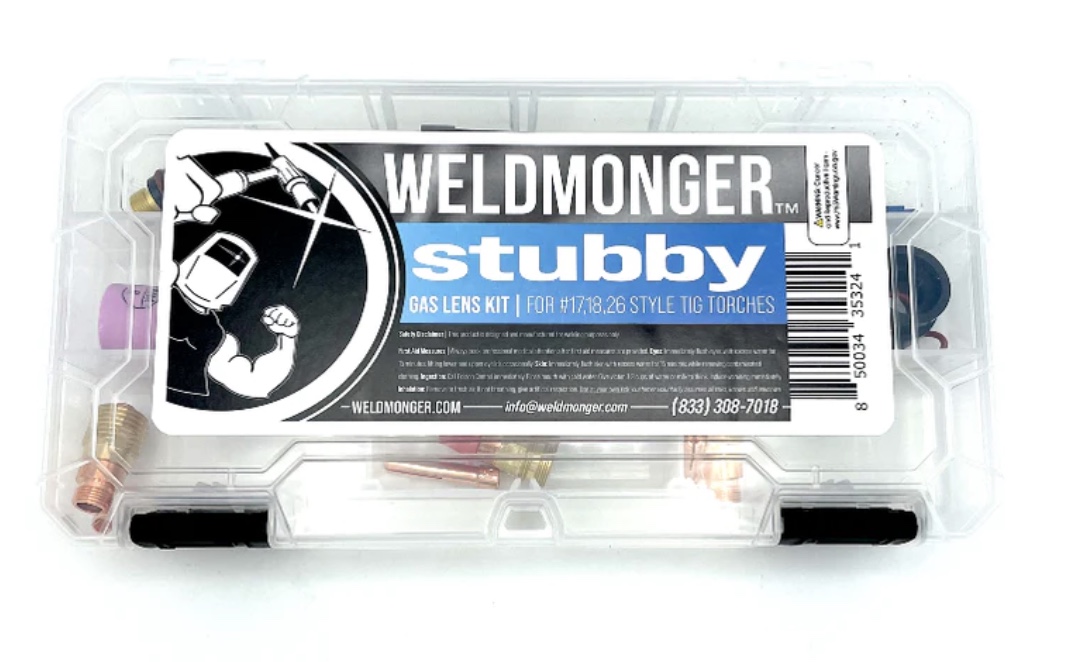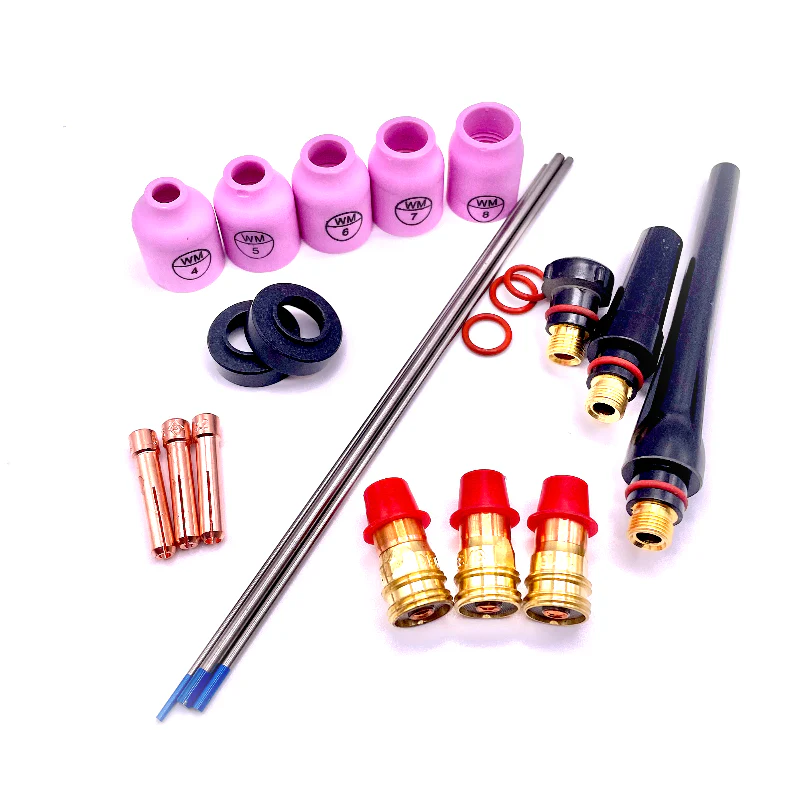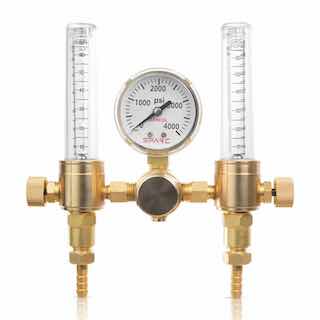Tig Welding Aluminum Valve Covers using an HTP invertig 221
- HOME
- TIG WELDING ALUMINUM
- Welding Aluminum
I have had quite a few questions lately about HTP tig welders.
Are they good for welding aluminum? How is their support?
What thickness aluminum can a HTP invertig 221 handle?
and mainly, have I ever welded with one?
For this weekly video, I got my hands on an HTP tig welder . An Invertig 221H ac/dc tig welder.
Get the stubby kit below at weldmonger.com...just click here
Also,
I had a fella send me the pieces of a fabricated valve cover to weld to
provide a few tips to help him improve his process. I am not sure how much help I can be
without using any fixturing, but at least I believe
the video is more interesting by welding a valve cover than if I just stuck 2 pieces of aluminum
together.
Working thru this valve cover project, I was reminded of a few tips for tig welding aluminum:
1. wipe
all tape residue , glue, oil, grease, paint, etc with a solvent like
acetone before starting. Any tape residue or oil will muck things up
quickly.
2. rough saw cuts are a bit of a problem and should be smoothed
with a file, carbide burr, or other method that wont introduce any
foreign matter on the aluminum.
3. for big gaps, sometimes its possible
to joint the gap without concern for appearance. Then after the metal
cools, go back over without filler rod and using pulse settings or
pulsing the pedal to achieve rippled look so that the entire bead looks
consistent.
4. most inverter tig welders offer a setting called "a/c
balance" . I like 65% electrode negative as a starting point. Too high
of a en setting will make the aluminum weld dirty.
A/C balance settings go up as high as 99% on some tig inverters but I almost never go higher than 80%.
5. Most
tig inverters also come with A/C frequency adjustments. 100-120 is a
great starting point. A higher setting will focus the arc, but lower
settings as low as 50 hz put more heat in the part and that is good on
thick aluminum.
6. An argon/helium mix works great for thick aluminum.
This 220 amp machine was able to weld 1" thick aluminum without preheat
using an argon/helium mix.
All in all, this tig welder seems very solid. I really like the CK torch that came with it as well as the foot pedal.
It had a low amp start, and the air cooled CK tig torch held up way better than expected at 220 amps.
When folks are shopping for a tig welder, they have to decide whether to go big, small, or in between.
Here
is one of my experiences: I sold a Miller syncrowave 250 over 10 years ago and
I bought a Dynasty 200dx. I had occasionally used over 200 amps for
thick aluminum jobs but it was very rare. I also bought a cylinder of
helium along with a Y fitting , check valves, and fittings so that I
could crudely mix argon and helium. I only used helium for thick
aluminum parts so a cylinder of helium would sometimes last me over a
year.
For the rare times I had to weld thick aluminum, the helium would get me over the hump.
I saved on power bills, and instead of taking floor space, my tig welder sat on a shelf on the wall out of the way.
Now let me be clear, the syncrowave 250 was a great machine and I could weld absolutely anything with it.
Tig
inverters with all the bells and whistles are cool...and I experiment with
those settings all the time. But if I had to go back to a conventional
older tig welding machine tomorrow, It wouldnt be a huge deal.
But make no mistake, inverters are here to stay. Especially for tig welding aluminum

















